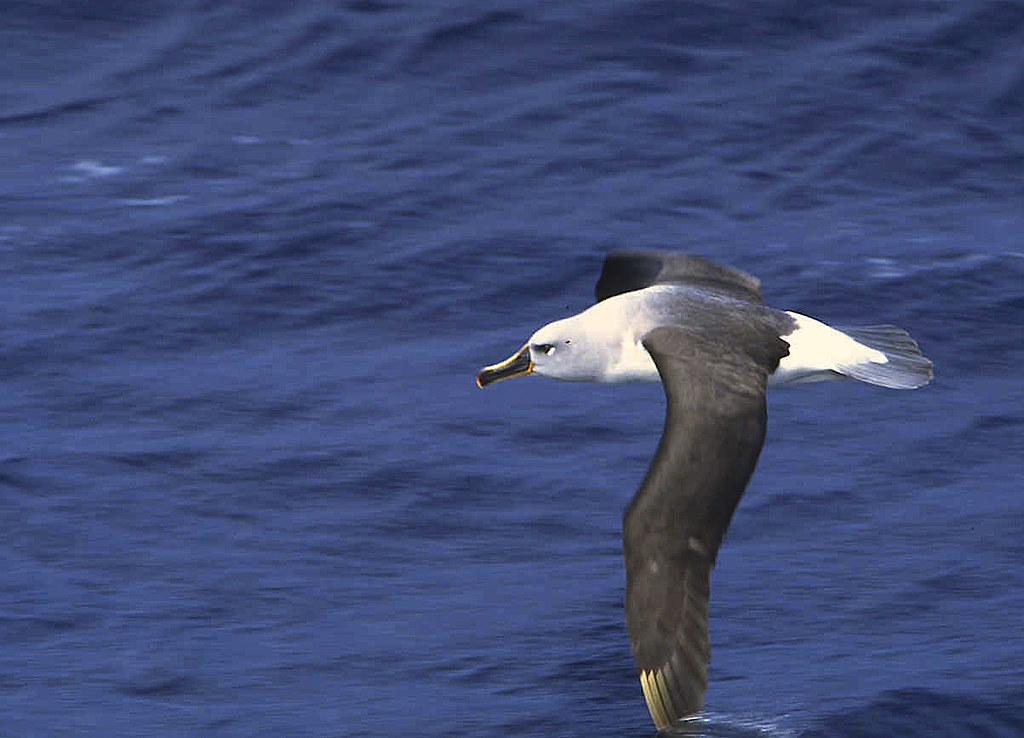
Submitted by Michela Leonardi on Thu, 21/04/2022 - 16:12
It is out now in Oikos our new paper that uses step-selection models to examine movement patterns and habitat selection in juvenile albatrosses.
Caitlin K. Frankish, Andrea Manica, Thomas A. Clay, Andrew G. Wood, Richard A. Phillips (2022) Ontogeny of movement patterns and habitat selection in juvenile albatrosses Oikos, 2022: e09057.
Abstract
Optimal selection of foraging habitats is key to survival, but it remains unclear how naïve individuals are able to locate patchily-distributed resources and maximize energy gain in completely new environments. In most animals, juveniles disperse unaccompanied by their parents, and hence their movements are likely guided, at least at fine scales, by external cues. However, the extent to which environmental processes and individual learning shape habitat selection and movement strategies of juveniles remains unclear, especially in species with cryptic life-stages. Here, we use a mechanistic modelling framework – integrated step selection analysis – to examine the development of habitat preferences in a pelagic seabird with a prolonged period of immaturity, the grey-headed albatross Thalassarche chrysostoma. Juveniles were tracked from Bird Island, South Georgia, in two years (n = 9 in 2018 and n = 12 in 2019), using satellite transmitters (platform terminal transmitters), and we investigated ontogenetic changes in individual movement characteristics (step lengths and turning angles) in response to two environmental variables; tailwind support (which enables low-cost movement) and chlorophyll a concentration (a proxy for resources) during their first four months at sea. Naïve juveniles dispersed rapidly away from South Georgia towards the same general region (subantarctic and subtropical waters in the east Atlantic Ocean) by increasing their travel speeds and directional persistence in response to favourable wind conditions. In the first month post-fledging, juveniles also responded to local resource availability (chlorophyll a concentration) by reducing travel speeds in more productive regions, but thereafter engaged in comparatively slower and more sinuous movements, apparently focusing foraging effort on frontal zones. While complex movement strategies such as long-distance migrations may take several years to develop, our results indicate that dispersing juveniles are able to respond rapidly both to changes in wind and local resource availability, maximising flight and foraging efficiency.
